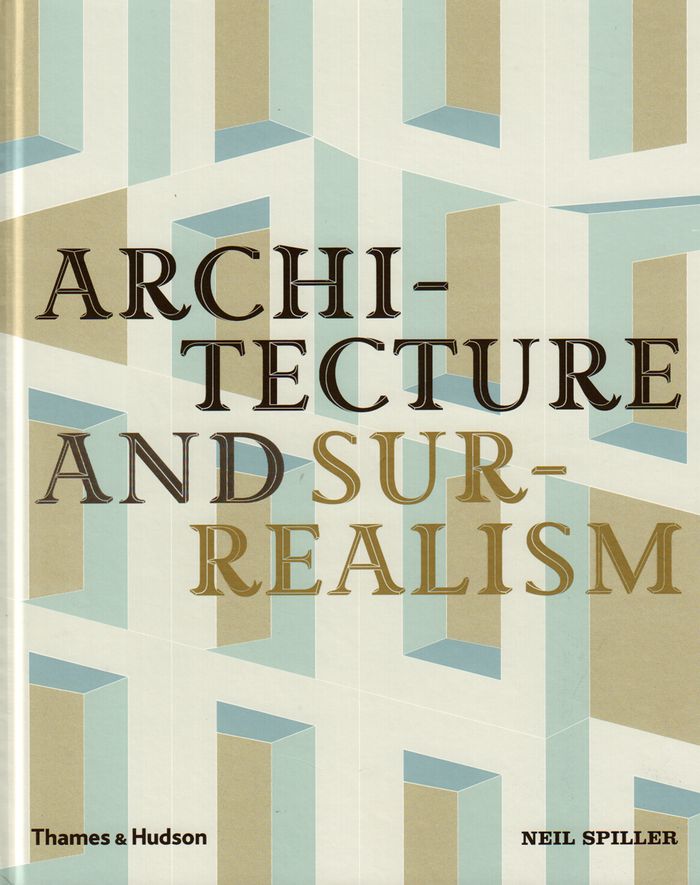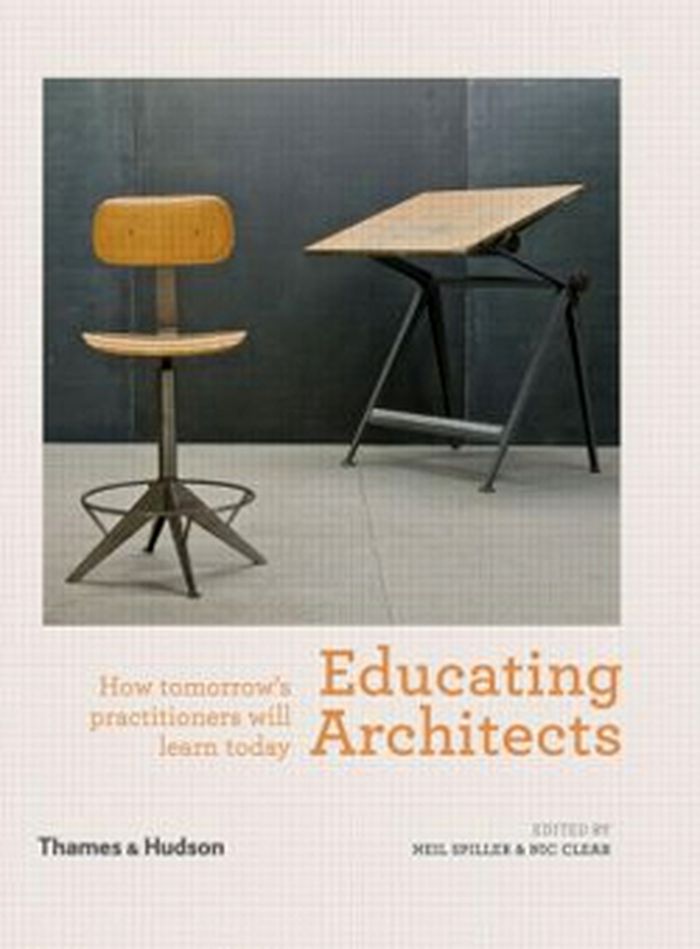$45.50
(available to order)
Summary:
This AD seeks to showcase the architects who are pushing the envelope of drawing in extraordinary ways, and their insights into architecture's future spatial dexterity. The issue is built around an international group of architects involved in an ongoing KU Leuven Faculty of Architecture international drawing research project, who are creating new drawing methodologies in(...)
AD: Radical architectural drawings
Actions:
Price:
$45.50
(available to order)
Summary:
This AD seeks to showcase the architects who are pushing the envelope of drawing in extraordinary ways, and their insights into architecture's future spatial dexterity. The issue is built around an international group of architects involved in an ongoing KU Leuven Faculty of Architecture international drawing research project, who are creating new drawing methodologies in new and exciting realms.
Magazines
Architecture and surrealism
$79.00
(available to order)
Summary:
''Architecture and Surrealism'' opens with an introduction on the precursors of Surrealism in the Baroque and Rococo periods, moving into the twentieth century through the Symbolists and Dadaists. The four main chapters present the interplay between architecture and Surrealism through the key concepts of the body, the interior space, the house, alternative realities, and(...)
Architecture and surrealism
Actions:
Price:
$79.00
(available to order)
Summary:
''Architecture and Surrealism'' opens with an introduction on the precursors of Surrealism in the Baroque and Rococo periods, moving into the twentieth century through the Symbolists and Dadaists. The four main chapters present the interplay between architecture and Surrealism through the key concepts of the body, the interior space, the house, alternative realities, and the environment. In an era of wearable technology and big data, the fascinating possibilities for new worlds, new buildings, and new spaces are creating the most exciting futures for contemporary architects.
Contemporary Architecture
Educating architects
$57.00
(available to order)
Summary:
Many top schools are run by leading global practitioners, who, some might argue, have more lasting influence as educators than as architects. The wide range of pedagogical philosophies and practical lessons, set out in specially commissioned essays, creates a fascinating picture of how our ideas and practices of architecture are formed, nurtured and ultimately built for(...)
Educating architects
Actions:
Price:
$57.00
(available to order)
Summary:
Many top schools are run by leading global practitioners, who, some might argue, have more lasting influence as educators than as architects. The wide range of pedagogical philosophies and practical lessons, set out in specially commissioned essays, creates a fascinating picture of how our ideas and practices of architecture are formed, nurtured and ultimately built for the world to see. Through both the professional and educational experience of the contributors, we discover many unexpected and unorthodox methods for teaching those who will build our world.
Architectural Theory


